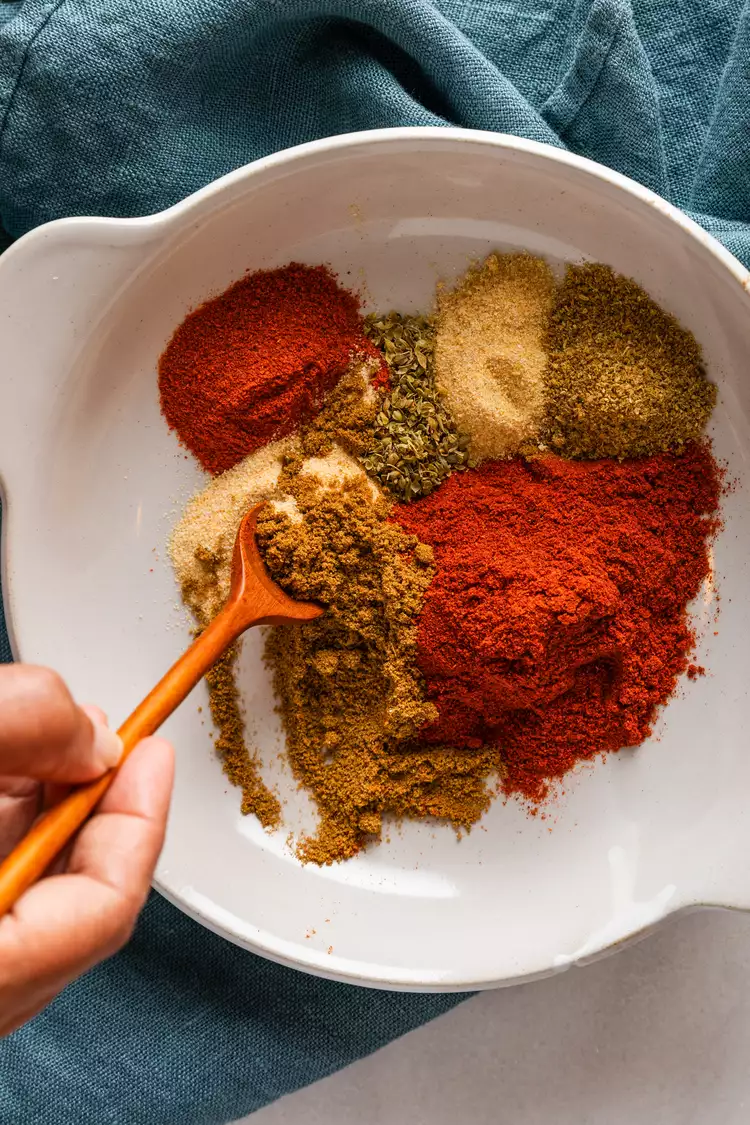Dec . 09, 2024 16:26 Back to list
Exploring the Rich Flavors and Culinary Uses of Ground Paprika
The Versatile Spice Ground Paprika
Ground paprika is a vibrant and flavorful spice that has captured the hearts and taste buds of culinary enthusiasts around the world. This bright red powder, made from grinding dried paprika peppers, boasts a rich history intertwined with various cultures and cuisines. Its distinct flavors and versatility make it an essential ingredient in many dishes, ranging from savory to sweet.
Historical Context
Originating from Central America, paprika’s journey began when Spanish explorers brought chili peppers back to Europe in the 16th century. The spice took root in Hungary, where it was cultivated extensively. Over time, the country became renowned for its unique varieties of paprika, each distinguished by flavor, color, and heat level. Hungarian paprika, often described as sweet, smoky, or hot, is a staple in many traditional recipes, including goulash and pörkölt.
In Spain, paprika is known as pimentón and is used to impart flavor to dishes such as chorizo and paella. The Spanish also introduced smoked paprika, which adds a deep, earthy flavor to dishes. The differences in regional varieties contribute to the global appeal of paprika, each type offering its unique character and taste.
Nutritional Benefits
Beyond its culinary uses, ground paprika is packed with nutritional benefits. It is rich in antioxidants, particularly carotenoids, which give the spice its vibrant color. These antioxidants help combat oxidative stress in the body and may contribute to overall health. Additionally, paprika contains various vitamins, such as vitamin A, C, and E, as well as important minerals like iron and potassium.
Some studies suggest that the capsaicin found in chili peppers may have anti-inflammatory effects and could potentially boost metabolism. Incorporating ground paprika into your diet not only adds flavor but also contributes to a balanced nutritional profile.
Culinary Uses
ground paprika

Ground paprika's versatility is one of its most appealing attributes. It can be used in countless ways, making it a must-have in any kitchen. Here, we explore some of the culinary applications of paprika that highlight its flexibility
1. Seasoning Ground paprika serves as an excellent seasoning for meats. It adds a rich color and flavor to grilled chicken, pork, or fish. Whether used in marinades or as a dry rub, paprika enhances the taste of your protein dishes.
2. Soups and Stews The spice is a fundamental ingredient in many soups and stews, lending a warm, comforting flavor. Hungarian goulash, a dish simmered with tender beef, onions, and assorted spices, owes its signature red hue and flavor to paprika.
3. Vegetable Dishes Ground paprika can invigorate vegetable dishes, whether sautéed, roasted, or incorporated into casseroles. It pairs well with potatoes, bell peppers, and eggplant, elevating their flavors.
4. Sauces and Dips Paprika can complement a wide array of sauces, dressings, and dips. From adding depth to tomato sauce to enhancing the flavor of hummus and aioli, it offers endless possibilities for creative cooking.
5. Garnishing The vibrant color of paprika makes it an attractive garnish for various dishes. A sprinkle on deviled eggs, potato salad, or roasted vegetables creates an appealing visual pop while enhancing the flavor.
Conclusion
Ground paprika is more than just a spice; it is a bridge between cultures, flavors, and health. Its evocative color and complex flavors can transform even the simplest of dishes into culinary masterpieces. From the hearty stews of Hungary to the vibrant tapas of Spain, paprika is a testament to the art of cooking and the joy of experimentation.
As we continue to explore global cuisines, ground paprika remains a versatile and beloved spice, inviting us to savor the flavors of different cultures right within our own kitchens. So, whether you’re a seasoned chef or a home cook, don’t underestimate the power of this bright red powder – it may just be the secret ingredient that elevates your next dish to new heights.
-
Chili Powder-600: Aromatic & Flavorful Spice for Authentic Cuisine
NewsAug.31,2025
-
Dried Chipotle Pepper: Smoky Heat for Authentic Flavor
NewsAug.30,2025
-
Premium Crushed Chili Pepper for Intense Flavor & Heat
NewsAug.29,2025
-
Chili Powder-70: Intense Heat 70,000-80,000 SHU & Flavor
NewsAug.28,2025
-
Premium Dried Chili Pods | Authentic Flavor & Fiery Heat
NewsAug.27,2025
-
Premium Paprika Koral Red Pepper Powder for Vibrant Dishes
NewsAug.26,2025

